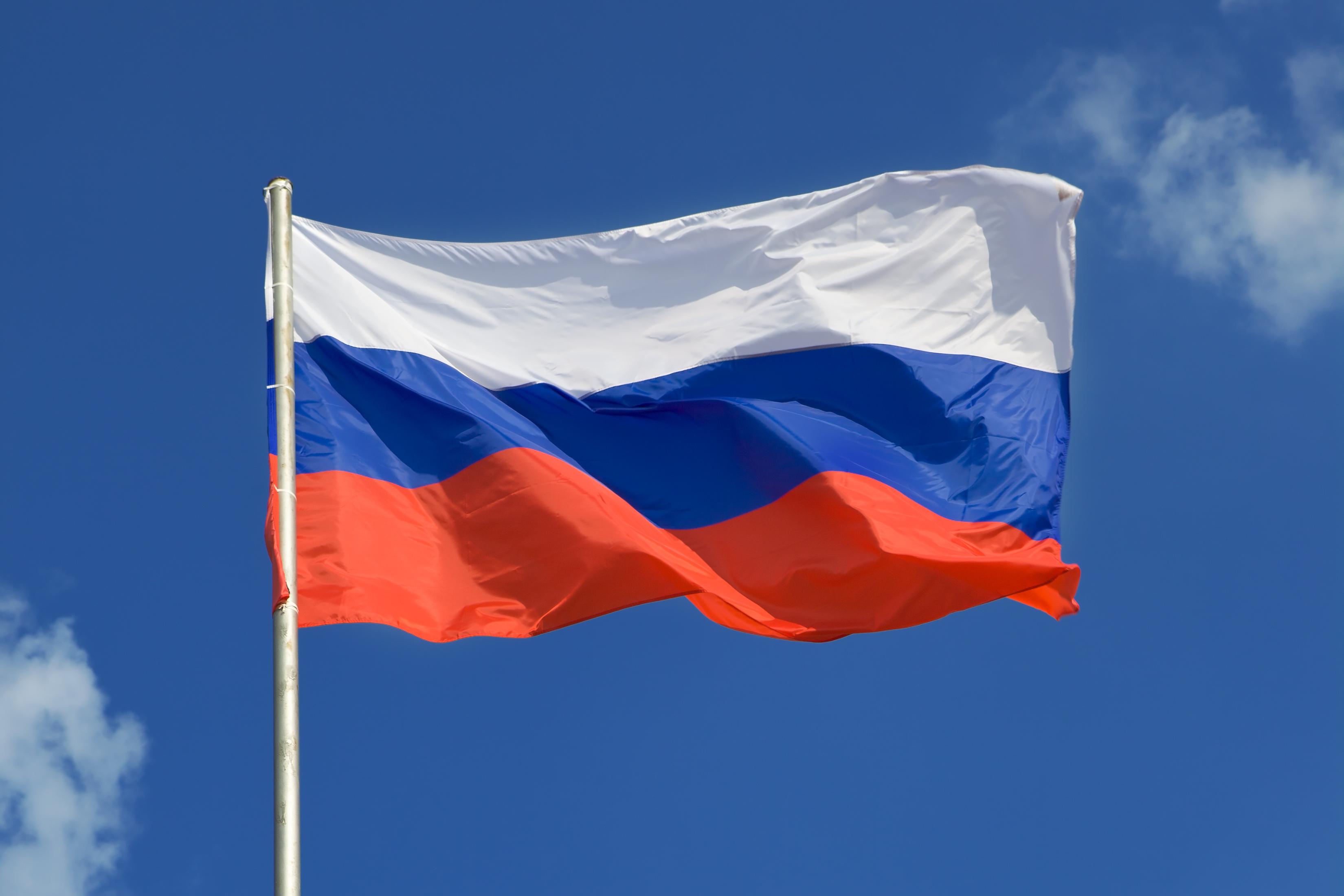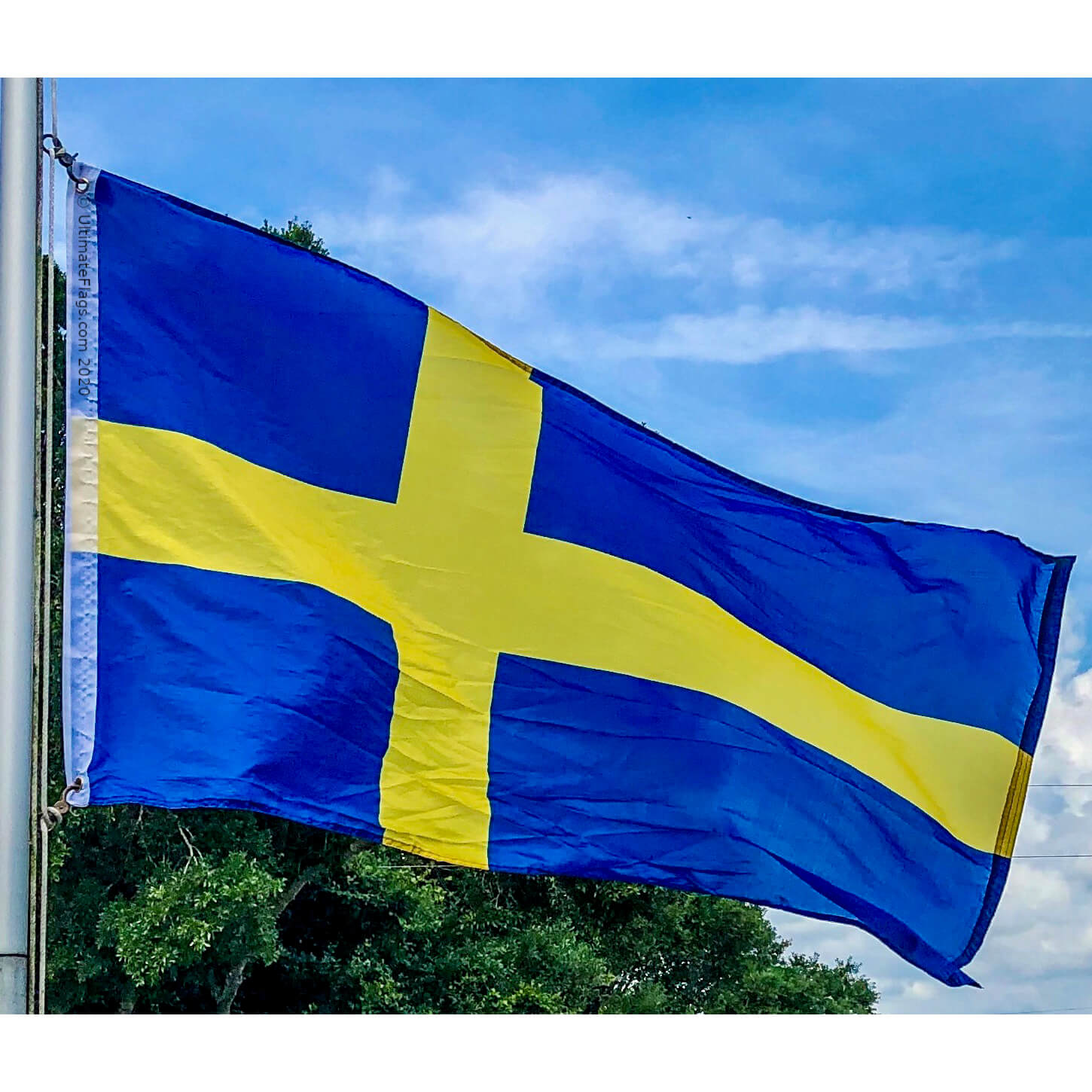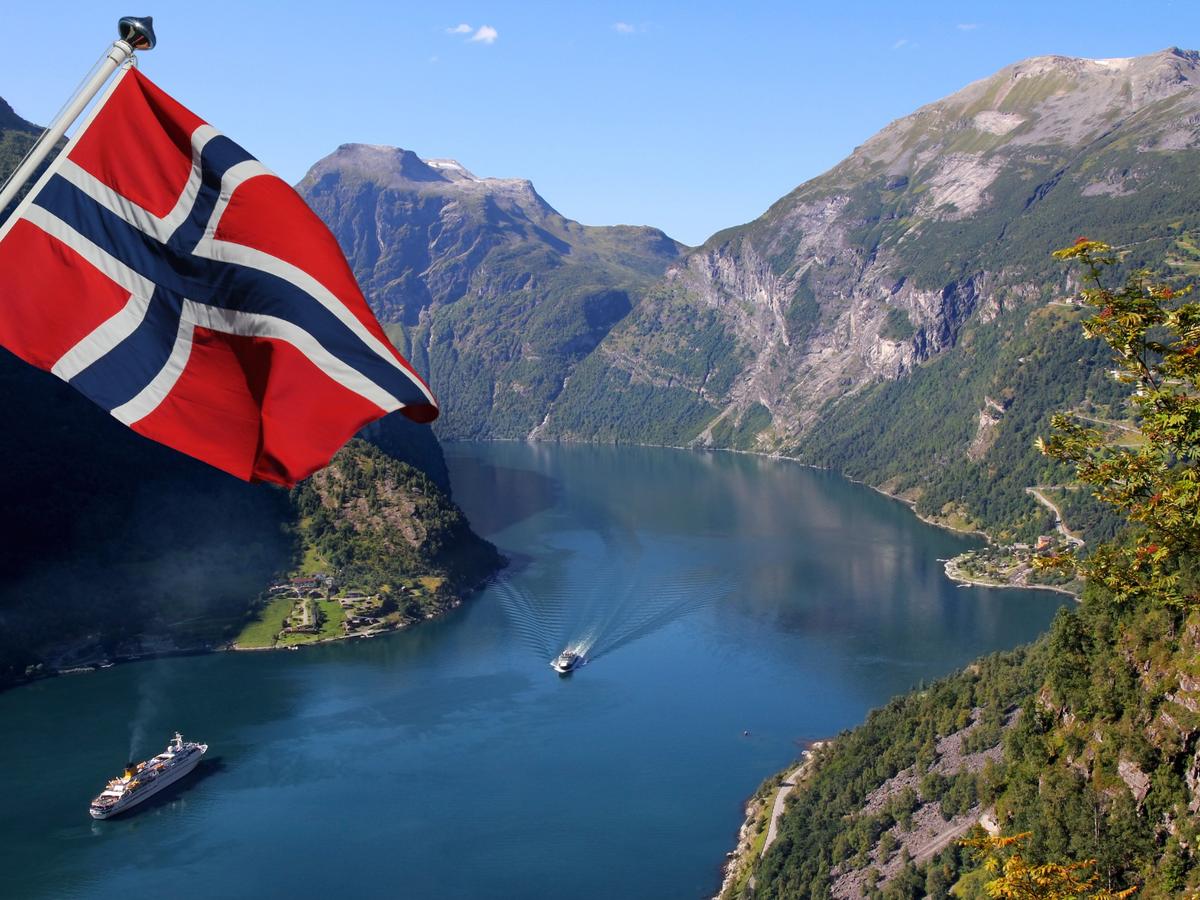Top 10 Countries With Most Lakes In The World 2025
By ICON TEAM | Published on Jun 11, 2025
List Of Top 10 Countries With Most Lakes In The World 2025:
Lakes are essential to the ecosystems of our world because they provide freshwater, provide habitat for a variety of wildlife, and serve as centers for human culture and enjoyment. Lakes come in a wide range of sizes, types, and biological significance due to geological processes such river erosion, tectonic movements, and glacial activity. We examine the top 10 nations with the most lakes in 2025, ordered by the number of lakes greater than 0.1 square kilometers (10 hectares), using data from studies like the one done by McGill University and insights from sources like the World Population Review. This article explores the ecological and cultural significance of each nation's lake-rich regions as well as the difficulties they face in a changing global environment.
1. Canada – 879,800 Lakes:
Being home to about 879,800 lakes, or more than 60% of the world's total lake count, Canada is the nation with the most lakes worldwide. These lakes, which make up around 9% of the nation's total area, are mostly found on the Canadian Shield, a sizable area formed by long-gone glacial activity. Notable lakes include Great Bear Lake, which is Canada's largest lake completely inside its boundaries and covers 120,000 square miles, and Lake Superior, which is the largest freshwater lake in the world by surface area (shared with the United States).
Because they are home to species like trout, salmon, and the recognizable loon, Canada's lakes are essential to its biodiversity. They also have a big impact on the country's water cycle and tourism sector; places like Alberta's Moraine Lake draw millions of visitors because of its azure waters and mountainous setting. Climate change is a threat, though, as melting glaciers may disrupt the ecosystems of northern lakes. These water bodies are the focus of continuous monitoring and protection efforts, highlighting their ecological significance on a worldwide scale.
2. Russia – 201,200 Lakes:

With almost 201,200 lakes, Russia, the largest country in the world by land area, comes in second. These bodies of water are dispersed over its varied terrain, which includes the Ural Mountains and the Siberian tundra and taiga. With more water than any other lake in the world, Lake Baikal is Russia's crown jewel and the oldest and deepest freshwater lake on Earth. Lake Ladoga and Lake Onega, two of Europe's largest lakes, are also noteworthy.
The environmentally varied lakes of Russia are home to unusual creatures like the Baikal seal. They are also culturally significant, as Buddhist and local folklore both honor Lake Baikal. However, industrial pollution and climate change pose a threat to many of Russia's northern lakes, potentially upsetting their fragile ecosystems. The preservation of these natural assets depends heavily on conservation initiatives.
3. United States – 102,500 Lakes:
With over 102,500 lakes, the United States comes in third place. Many of them are found in northern states like Minnesota, which is known as the "Land of 10,000 Lakes" (although it actually contains over 11,000). With almost 20% of the world's freshwater, the Great Lakes—Superior, Michigan, Huron, Erie, and Ontario—dominate the lake landscape in the United States. With an estimated 3 million lakes, Alaska also makes a substantial contribution, though only roughly 102,500 of them fit the 0.1 square kilometer requirement.
Lake Champlain in New York and Vermont is well-known for its "Champ" sea monster legend, and lakes in the United States are essential for recreation, fishing, and water supply. One example of the diversity of lakes in the United States is the Great Salt Lake in Utah, which is a remnant of the ancient Lake Bonneville. Invasive species, pollution, and declining water levels as a result of climate change are problems, especially in western states.
4. China – 23,800 Lakes:
With almost 23,800 lakes, China is the fourth largest country in the world. From the vast Poyang Lake in the southeast to the high-altitude Namtso Lake in Tibet, these lakes represent a variety of ecosystems. Numerous lakes in China, such as Hangzhou's West Lake, are rich in lyrical and cultural importance and attract both tourists and artists. Many of these bodies of water are found in the Yangtze River basin.
China's lakes are essential for drinking water and irrigation, and they are home to a variety of fauna. Algal blooms in lakes like Taihu are a result of pollution and habitat loss brought on by fast development. Government programs seek to rebuild these ecosystems while striking a balance between environmental preservation and economic expansion.
5. Sweden – 22,600 Lakes:

With about 22,600 lakes, Sweden, which is renowned for its unspoiled natural settings, ranks among the top five. The largest lake in the EU, Lake Vänern, is 2,183 square miles in size and is home to rare species such as the Vänern salmon. Sweden's "friluftsliv" (open-air living) culture revolves around its lakes, which are frequently encircled by forests and provide chances for canoeing, fishing, and wild swimming.
Although Swedish lakes are comparatively intact, water quality is at risk from fertilizer runoff and climate change. These natural resources are preserved thanks to the nation's dedication to sustainability, which includes ecotourism and lakeside saunas. Sweden's lake culture is given a mystical depth by Norse deity legends, such as the story of how the goddess Gefion created Lake Vänern.
6. Brazil – 20,900 Lakes:

Brazil, which is frequently linked to the Amazon River, is home to some 20,900 lakes, many of which are in the Amazon basin and Pantanal wetlands. The largest lake in the nation, Lagoa dos Patos, is a coastal lagoon in the south, whereas oxbow lakes created by meandering rivers are typical in the Amazon. With populations of piranhas, caimans, and pink river dolphins, these lakes are hotspots for biodiversity.
Deforestation, agricultural runoff, and the development of hydropower pose dangers to Brazil's lakes. These vital habitats are the focus of conservation efforts in the Pantanal, a UNESCO World Heritage site. In terms of culture, indigenous people in Brazil depend on the lakes for transportation and fishing.
7. Norway – 20,000 Lakes:

Norway is home to 20,000 lakes that were formed by glaciers and are tucked away among its mountains and fjords. The largest lake in the nation, Lake Mjøsa, and Tyrifjorden, which is close to Oslo, are well-liked places to go for relaxation. With emerald-hued waters like Lake Gjende drawing hikers and photographers, Norway's lakes reflect its breathtaking scenery.
With wintertime ice skating and canoeing, these lakes help sustain Norway's outdoor culture. Lake preservation is given priority in Norway's environmental regulations, despite the obstacles posed by climate change and hydropower developments. The nation's lakes are a distinctive aspect of its geography because of its glacial past and untamed landscape.
8. Argentina – 13,600 Lakes:
The Pampas lowlands and Patagonia region contain the majority of Argentina's 13,600 lakes. The glacial beauty of the Andean Lake District's Lake Argentino and Nahuel Huapi is well known. The largest lake in South America, Lake Mar Chiquita, is an essential migratory bird habitat.
Argentina's lakes are important for biodiversity and tourism, but they are threatened by human activity and climate change. Drought-induced Lake Mar Chiquita's shrinkage emphasizes the necessity of sustainable water management. Culturally, Patagonia's lakes provide a window into Argentina's untamed soul and inspire adventurers and artists.
9. Kazakhstan – 12,400 Lakes:
With 12,400 lakes, Kazakhstan's aquatic abundance astounds many. One of the biggest lakes in the world, Lake Balkhash, is special because it is half saltwater and half freshwater. With its flamingos and other species, the Tengiz-Korgalzhyn lake system is a birdwatcher's paradise.
Rivers from the Tian Shan Mountains supply water to many of Kazakhstan's lakes, which are located in lowland basins. As a warning, the Aral Sea, which was once one of the biggest lakes in the world, has significantly decreased as a result of irrigation projects from the Soviet era. Restoring these ecosystems is the main goal of conservation initiatives, which strike a balance between environmental health and human needs.
10. Australia – 11,400 Lakes:

Despite its reputation for being arid, Australia has 11,400 lakes, many of which are in its western and southeast regions. The largest salt lake in the nation, Lake Eyre, is ephemeral and only fills up after infrequent, intense downpours. Australia's total also includes artificial lakes and coastal lagoons.
The lakes of Australia are home to rare species like the Australian pelican, making them ecologically vital. But a lot of them are salty, and drought and climate change are problems for them. Dreamtime stories emphasize the spiritual significance of these bodies of water, which have long been cherished by Indigenous tribes. The preservation of water resources depends on sustainable management efforts.
Comments 0